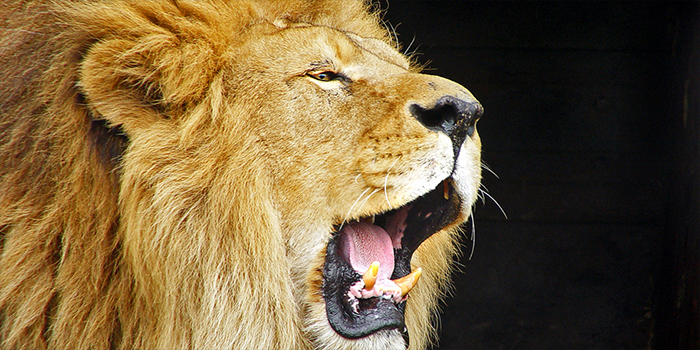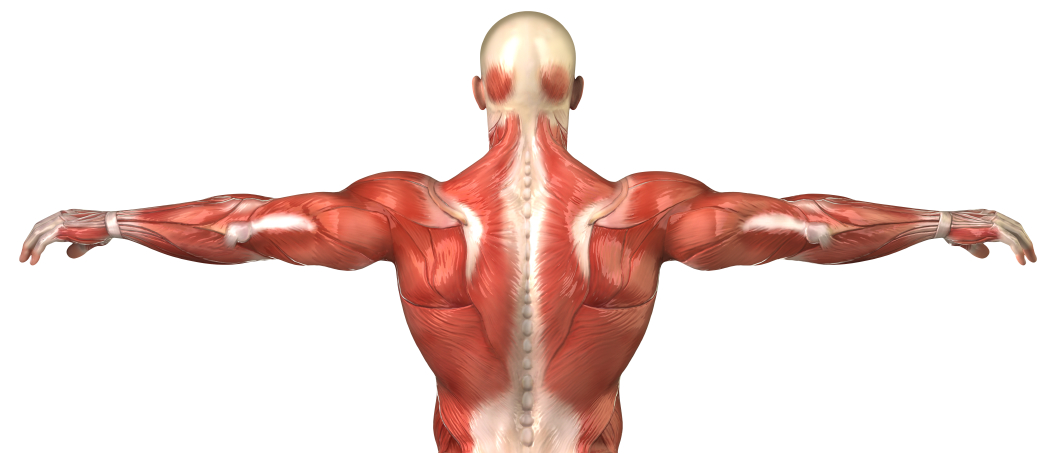
A few years back, Jim Wendler wrote an article on building the yoke. This article contained insight into the importance and planning of yoke building and it will always be a classic. Since then, direct trap training has become more and more popular. Hopefully, in some years time, traps will become the new “abz” and will identify people who actually lift weights as opposed to showing off how good they are at eating lettuce.
That said, the yoke has always been of special interest to me. Because I'm on the tall side and have lanky limbs, I've come to love training the yoke, and I've spent a disproportionate amount of time working to get my traps developed and disproportionate with every other muscle group in my body. To paraphrase Wendler, you could have massive legs, massive arms, a massive chest and even a huge back, and you still won't have the physicality factor that comes with having bulging traps.
All that said, having spent a bit of time researching trap training, I've come across some interesting pieces of information that could help make anyone's quest toward Yokedom more effective.
What Do the Traps Actually Do?
Do we really need to talk about this? They elevate the shoulders. Duh. Actually…they don't. Or at least the entire trapezius muscle doesn't. This nugget is from a very interesting series of articles that I read last year and that you can read here and here.
As you can see, there are distinct sections to the traps, but it’s the upper fibers that most people identify with. The upper traps, according to this line of rationale, do not, in fact, elevate the shoulders but rather act as stabilizers for the clavicles and scapula. For those who find this reading heavy, I'll summarize what the articles say. (The research cited in the articles was done on actual cadavers and by reputable people, lest anyone accuse me of just making this up to sound pseudo revolutionary.)
The muscular attachment points of the trapezius, as it attaches to the cervical spine and scapula, make it ineffective at scapular elevation. There isn't any attachment point of the trapezius that goes from the base of the skull to the acromioclavicular joint (and I'm oversimplifying a lot here). Instead, the fibers attach transversely along the following lines.
The arrangement of the trapezius muscle is to elevate the clavicle as well as assist in isometric stabilization and upward rotation of the scapula. The muscle that does elevate the shoulder is the levator scapula, not the trapezius.
Why should anyone care about this? This sounds like arm chair theoretical bullshit from a scrawny maggot who probably doesn’t train (and I know someone will comment on this somewhere...ur so smartz).
Why Does it Matter?
It matters because everyone doing shrugs trying to get their traps to grow has been cueing the wrong anatomical area. When doing shrugs, don't focus on raising the shoulders at all. Instead, raise the clavicles as high as you can.
This is a Stupid Suggestion and I'm Bigger Than You.
That’s great. Truly you have demonstrated supreme learning and coaching abilities by saying so. To preface what I already know will be the forthcoming criticism of, “I've done shrugs for years raising my shoulders and you're wrong,” I'll clarify with further context.
I'm not implying that trying to raise the shoulders while doing shrugs makes the movement ineffective or useless or that it historically hasn’t worked. Clearly, it's worked for many. Rather, I think cueing people to raise the clavicles is simply a better way to coach shrugs, especially for coaches with athletes who need reinforced necks (i.e. football and combative sports). This could have implications for how you teach certain movements. Relative to actual “in the trenches” experience, everyone has seen the bros in the gym doing shrugs with barely a quarter-inch range of motion with traps that don’t grow. Yet they grab the hundies every time and look as though they are having a grand mal seizure from a cattle prod.
Alternatively, lest it be said that I'm still full of it, we have people like John Meadows, my boss, who directs you to “raise your shoulders as high as you can” and “get them to your ears” when he does trap work. I know this because I've trained with him. And I believe that John is generally regarded as knowing what the hell he's doing. And he has monster traps. And he has trained many, many, many people. So clearly the anatomical function and execution of an exercise counts for something.
Whether you agree or disagree, the next time that you do shrugs, try it. Watch yourself in the mirror and get your clavicles as high as you can on every rep. I guarantee that you'll feel a difference.













Loaded with sarcasm FYI.
By his rationale I should not listen to guys like Stuart McGill on core stiffening concepts because he doesn't have Ripped abs.
I like the clavicular verbal cueing ideas, thanks for the insight.
i could see this maybe helping a moron that strictly trains while facing himself in a mirror, therefore able to watch his clavices go up and down. if not in front of a mirror, it's actually a worse cue to think about moving something on the front of your body, while attempting to work a muscle on the back of your body.
an article about a coaching cue for shrugs?! an article about how to slice cheese would be infinitely more useful.
better article for "coaching a shrug":
you know when someone asks you a fucking annoying question, and your shoulders move up in an effort to cut off your circulation thereby choking yourself out so you at least temporarily can escape this person, whilst simultaneously saying "i dunno"...well that's a shrug. now do the same thing holding weight with any variety of apparatus.
If I aim to lift my raise the ends of my clavicles vs lift my delts up, a subtle to the eye, but profound difference occurs...lifting the delts seems to bring pecs in, raising the clavicles hammers the traps.
Tips like this should be lapped up as it's these tiny tweaks that take a lift from okay to great.
The trouble is, some people have the "I've never done this so it's BS" mindset...dear author, please don't be dissuaded by the comments, this was five star gold dust in my humble opinion.
Follow up question, though. Do you find any particular way of shrugging better than others for this particular focus? Just thinking maybe a side handle shrug might be better suited than a straight bar in this case.
To answer Chris Vachios question-the straight bar can work well for some people no doubt, but as a trainer, I've found that DBs are the most universally effective training implement for shrugs. The ROM accomodates to any body type and can be varied depending on the individual